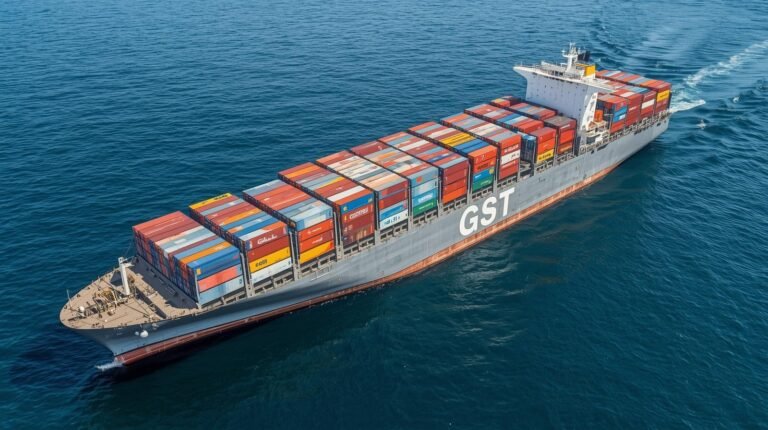INDEX
Impact of GST on Exporters: Benefits and Challenges
Benefits of GST for Exporters
Challenges Faced by Exporters Under GST
Has GST Made Indian Exports More Competitive?
Impact of GST on Exporters
The Great GST Shake-Up: What It Meant for Indian Exporters
When the Goods and Services Tax (GST) finally landed on July 1, 2017, India’s entire tax system basically hit the reset button. Before that, exporters had to wrestle with a wild tangle of state, central, and local taxes — the kind of red tape that could drive even the calmest accountant to despair. GST promised a big clean-up: one unified system, fewer headaches, and smoother business — especially for folks shipping goods out of the country.

1. So, What’s in It for Exporters?
1. Zero-Rated Exports: The Star of the Show
One of GST’s coolest tricks? The whole “zero-rated supply” thing. In plain terms, exports don’t get slapped with GST. That’s a game-changer.
No GST, more edge: Exporters can sell without the weight of domestic taxes. It’s like running a race without a backpack full of bricks.
Sharper pricing: When your goods aren’t loaded with hidden taxes, you can price smarter and stay competitive in the global market jungle.
2. Refunds That Actually (Kind of) Work
Before GST, getting your tax refunds felt like waiting for monsoon rain in the desert — it might come eventually. Now, GST lets exporters claim back their unused Input Tax Credit (ITC) on goods and services that go into making export items.
Refunds = more breathing room: The refund process helps free up working capital, keeping the business cash flow from drying up.
Supposedly quicker refunds: On paper, GST promises refunds within 60 days. When it works, it’s a lifesaver; when it doesn’t… well, exporters still grumble.
(If you want to dive deep into the whole ITC labyrinth, check out the detailed guidelines — but bring coffee.)
(For more Detailed Info. on Input Tax Credit)
3. Simpler (Well, Mostly) Procedures
Gone are the days of juggling a dozen tax forms like a circus act. GST brought in a single, unified structure.
Streamlined paperwork: One refund application instead of many — a small mercy, but still a big deal.
E-way bills: Love them or hate them, they’ve made tracking goods easier and reduced the number of “Where is my shipment?” moments.

2. The Flip Side: What’s Still Tricky
1. The Refund Waiting Game
Even with all the promised improvements, refund delays still mess with exporters’ cash flow — especially for smaller players. When payments get stuck, it’s like the whole supply chain catches a cold.
2. Procedures Still a Maze
Sure, GST simplified some things, but it’s not all sunshine and spreadsheets. Reconciliation of invoices, return filings, managing IGST for cross-border transactions — it’s enough to make anyone’s head spin.
3. Not Everyone’s in the Know
Many small and medium exporters simply don’t have the time (or tax-savvy advisors) to stay on top of every GST rule. Lack of awareness can lead to slip-ups, penalties, and unnecessary stress.
👉 For the brave souls who want to dive into the official rulebook, the Government of India’s GST law page is here: cbic.gov.in
3. Has GST Actually Made Indian Exports More Competitive?
In big-picture terms — yes, kind of. Costs went down, compliance got cleaner, and exporters could finally breathe a little easier. But (and there’s always a “but”), refund delays, procedural tangles, and knowledge gaps still drag things down. Fix those, and India’s export scene could really hit its stride.
Conclusion
GST isn’t perfect, but it’s definitely a step up from the old tax circus. It’s brought zero-rating perks, smoother refunds, and simpler rules to the export table. The system still needs tuning — like a guitar slightly off-key — but if the government and exporters keep pushing for smoother operations, India’s global trade rhythm will only get stronger.